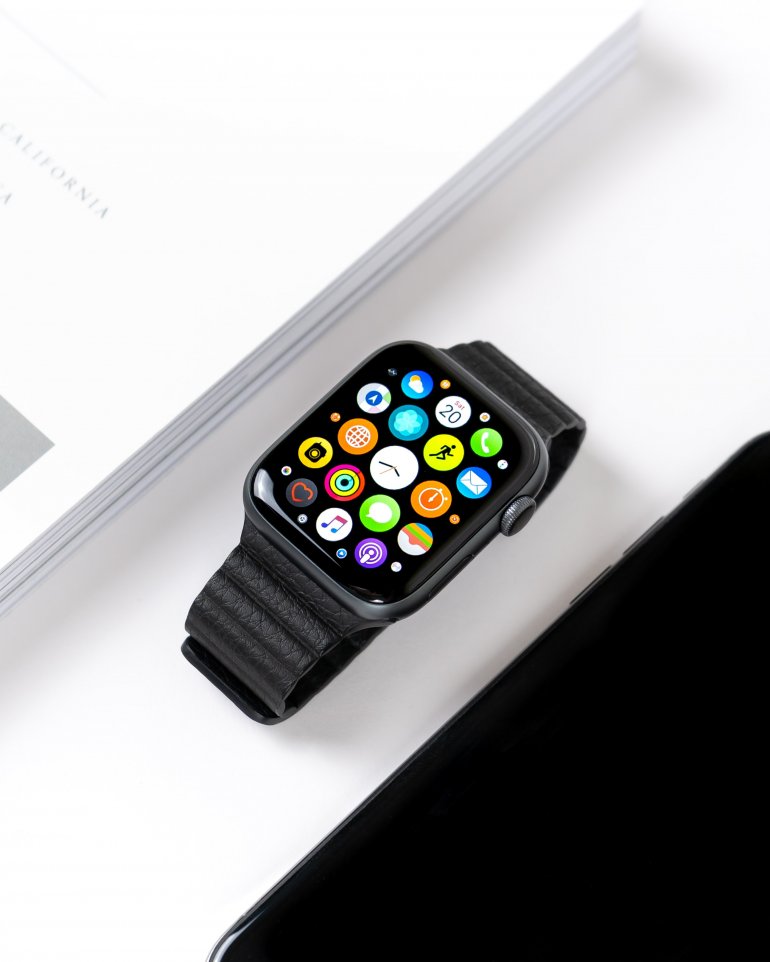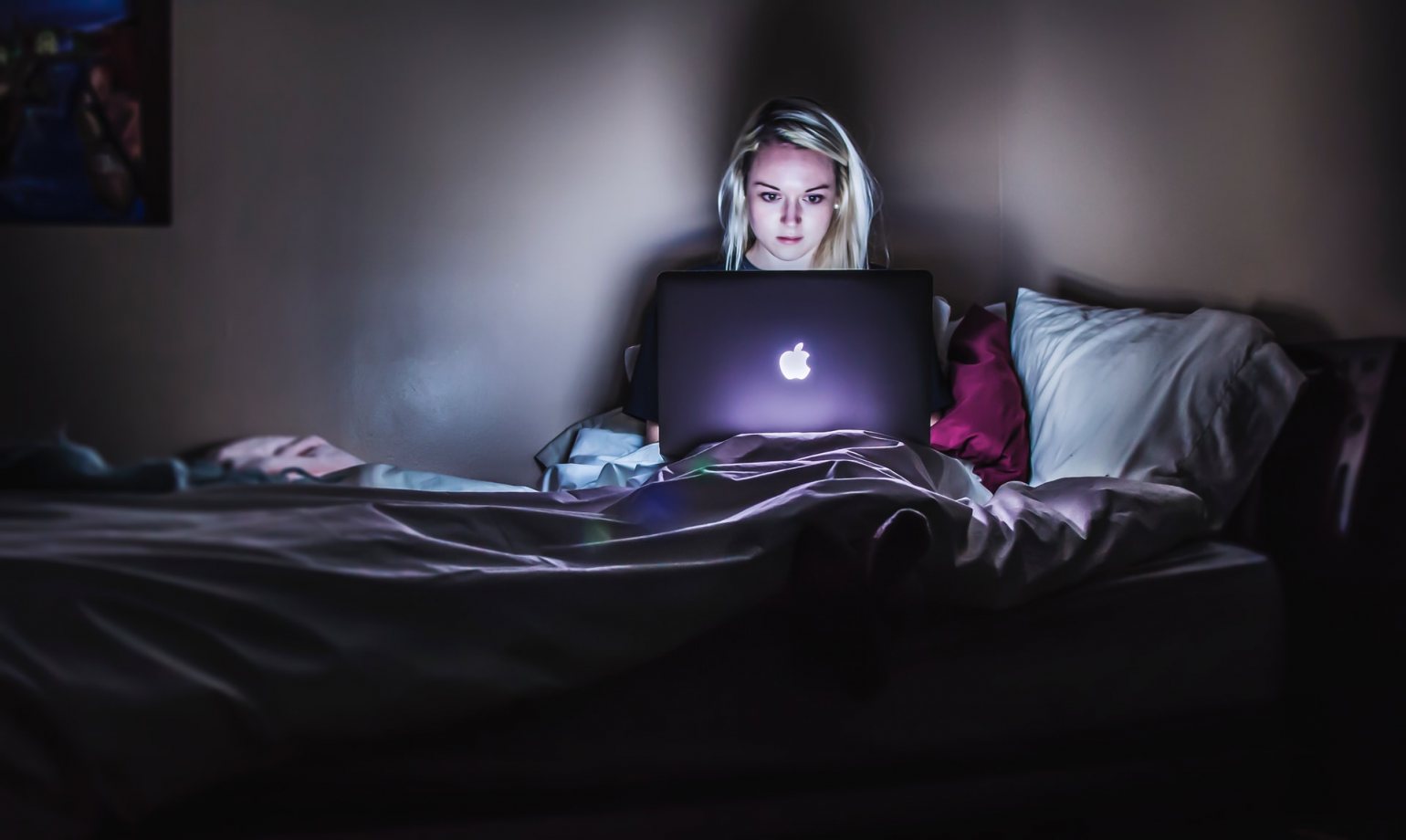Using technology to sleep better (Part 1 of 2)
![]()
In recent years, sleep monitoring and sleep enhancing technology has become big business. In this blog we will look at how technology in the bedroom might be used to help you to sleep better and ask if it might actually make your sleep worse in some cases.
Technology can be used to monitor how well and for how long you sleep. It can also be used to improve your quality of sleep.
How technology can help to monitor your sleep
Sleep is the absence of consciousness and as such it’s almost impossible to know when you have fallen asleep or for how long. This can lead to us erroneously thinking we haven’t slept enough during the night or mistakenly thinking that we have been asleep for a long time when only a few minutes have passed. Usually, it’s not that important to know exactly how long you have slept for, as long as you haven’t been awake during the night for a long time struggling to fall asleep and as long as you wake up in the morning feeling refreshed. However, for some people who are worried that they aren’t sleeping enough or where people aren’t prioritising their sleep, sleep monitoring technology can be useful to give a more independent indication of how much you have slept.
Sleep apps and movement mats
There are many ways of monitoring whether you’ve been asleep or not. Apps exist which rely on you placing your phone on the bed or under your pillow and then they use the movement of your phone on the bed to make an educated guess as to how long you have been asleep. They work by presuming that when you are asleep you are still and when you are awake and tossing and turning, your phone will be nudged and move along with the movement of your mattress. From this data the app can work out an idea of how long you have been asleep. In addition to using your phone on the bed there are also devices such as sleep mats which you can place on your bed itself which are sensitive to movement during the night.
Wearable devices
More sophisticated technology such as wearable sleep trackers including watches and rings use individual movement data as well as incorporating heart rate and breathing information to make an educated guess as to whether you were asleep or not, and even which stage of sleep you were in. When someone is asleep their heart rate and breathing rate tend to slow and also, they will move much less than when they are awake. In addition, more recent devices have used algorithms to model which stage of sleep you are in based on a combination of movement, heart rate, and breathing data. There is still great debate within the sleep field as to how accurate these devices are since true sleep staging requires monitoring your brain activity during sleep, but they are still interesting and can offer some degree of insight into someone’s sleep.

Potential problems with sleep monitoring technology
One of the most common problems with sleep monitoring technology is the fact that they are not accurate. It is easy to identify that someone is asleep because they are not moving using movement data alone, but many people live in bed awake for long periods trying to sleep. Therefore, just because you are not moving in bed doesn’t mean you are asleep. Also, sleep tracking devices which rate which stage of sleep you are in (deep, light or dreaming sleep) rely on movement, heart rate and breathing data. However, true sleep staging scoring can only be achieved through polysomnography. Polysomnography is where you monitor someone’s brain activity during sleep and rate which stage of sleep, they are in based on strict criteria. We do not dream in our wrists therefore relying on our wrists for sleep staging comes with serious pitfalls. This could be a problem if the sleep tracking data suggest that you are getting too much or too little of a certain kind of sleep and therefore you might start to worry about your sleep but if this data was incorrect then you’re worrying about something that is not in fact true.
One more problem with sleep trackers is that they often give you a breakdown of the percentage of the night you spent in the different parts of sleep - such as how long spent in deep sleep, light sleep and dreaming sleep. However, in my experience this often leads people to start worrying that they’re not getting enough deep sleep because many people think that deep sleep is the important part of sleep, and that light sleep is bad quality sleep. However, this is completely untrue! We need deep sleep, light sleep and dreaming sleep to be healthy. Light sleep is not bad sleep, despite how its name is often interpreted. In fact, a very good sleeper who is around 21 years old would spend approximately 22% of the night in deep sleep, 25% of the night in dreaming sleep and the remainder of the night would be spent in light sleep. That does not mean that more than half the night spending like sleep was waste of time because light sleep is valuable and useful.
Dr Lindsay Browning is the sleep amabasador for And So To Bed and author of self-help sleep book, Navigating Sleeplessness. which is available as an ebook on kindle, or in print from amazon or waterstones.
-
Posted by Dr Lindsay Browning
11th June 2022



